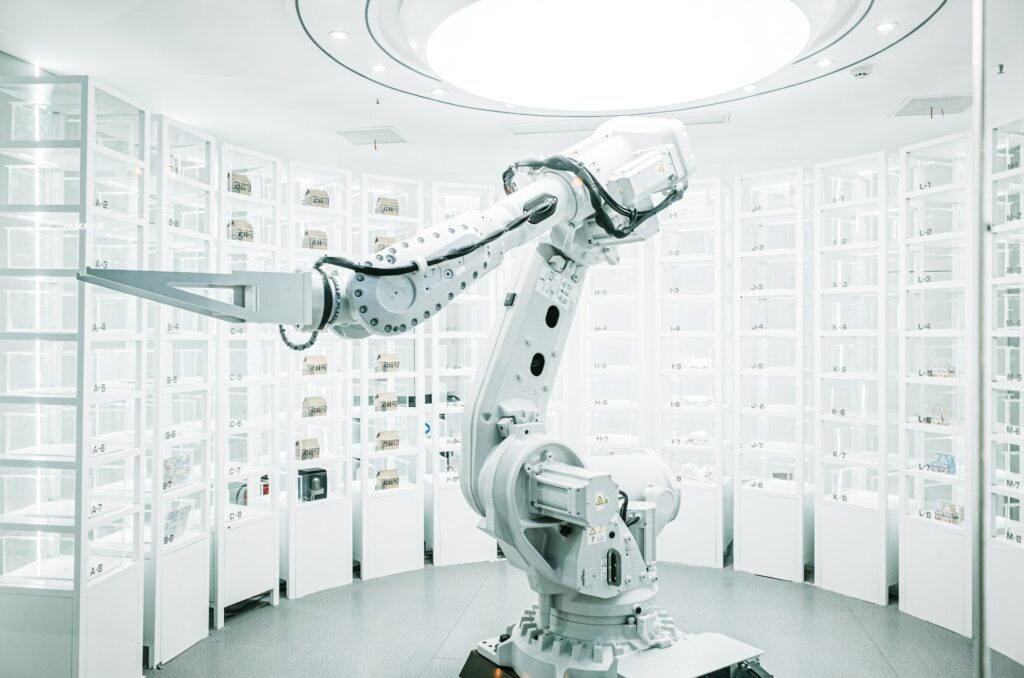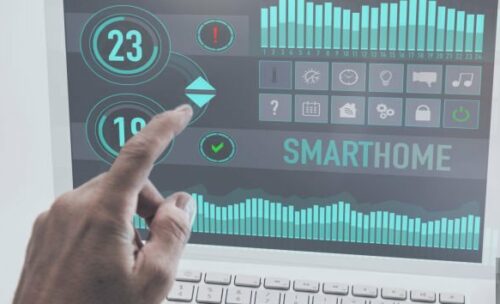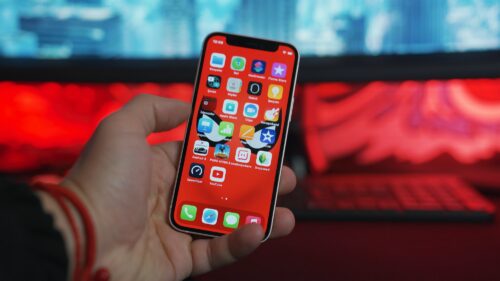If you are interested in understanding how artificial intelligence (AI) is revolutionising the disability sector, this article will be a must read.
We can already see that this technology is transforming the world we live in. It truly has the potential to drive inclusivity and accessibility, making a profound difference in the lives of those with disabilities.
This article explores the intersection of AI and disability, highlighting the role of artificial intelligence in assisting people with disabilities, its applications in communication and independent living, and the future of AI within the sector.
Introduction to AI and Disability
Artificial Intelligence (AI) is a broad term that refers to machines or software mimicking human intelligence. It encompasses various sub-technologies, including:
- Machine Learning: how neural networks learn from experience and adjust to new inputs;
- Natural Language Processing: how machines understand and generate human language;
- Computer Vision: how systems derive meaningful information from digital images.
One of the most significant breakthroughs in AI in recent years is the development of sophisticated language models like ChatGPT by OpenAI. These models use machine learning to generate human-like text, and they’re getting increasingly good at understanding context, making them more useful in a wide range of applications.
ChatGPT has been a game-changer in accelerating AI adoption. It’s been used in a wide variety of applications, from drafting emails to writing code, and even tutoring. Its ability to generate human-like text and understand context makes it incredibly versatile and adaptable.
As you can imagine, for those in the disability sector, AI offers significant potential. Artificial Intelligence can be used to create tools and systems that help individuals with disabilities overcome challenges and participate more fully in society. AI will also play a crucial role in driving inclusivity and accessibility.
Quickly you start to see a picture forming showing artificial intelligence as a tool for enhancing human capabilities and driving social change.
The Role of AI in Assisting People with Disabilities
AI can assist people with disabilities in numerous ways. Here are just a few use cases that really help to illustrate how and why everyone in the sector should be keeping an eye on this incredible innovation:
1. AI-Powered Prosthetics
AI can be used to create smarter prosthetics that can learn and adapt to the user’s movements. For example, an AI-powered prosthetic arm could learn the user’s gestures and movements over time, allowing it to respond more naturally and intuitively.
2. Predictive Text and Speech Recognition
AI-powered predictive text and speech recognition tools can help people with speech and language impairments communicate more effectively. These tools can predict what the user is trying to say and provide appropriate suggestions, making it easier for them to express their thoughts and ideas.
3. Personalised Learning Tools
AI can be used to create personalised learning tools for people with learning disabilities. These tools can adapt to the user’s learning style and pace, providing personalised content and feedback to help them learn more effectively.
4. Smart Home Technologies
AI-powered smart home technologies can automate various tasks around the home, making it easier for people with physical disabilities to live independently. For example, a smart home system could control lights, adjust thermostats, lock doors, or even alert a caregiver if it detects that the user needs help.
5. Navigation and Mobility Aids
AI can be used to create smarter navigation and mobility aids for people with visual impairments. For example, an AI-powered navigation aid could use computer vision to detect and avoid obstacles.
6. Mental Health Support
AI can also be used to provide mental health support. For example, an AI-powered chatbot could provide emotional support and advice, or even detect signs of depression or anxiety and suggest appropriate interventions.
7. Assistive Robots
AI-powered robots can assist people with disabilities in a variety of ways, from helping with physical tasks like picking up objects or cooking, to providing companionship and emotional support.
Lets drill down a bit further into some of the ways in which AI and disability go together.
AI Communication & Inclusion
Communication is a fundamental human need, and AI is playing a pivotal role in enhancing communication for people with disabilities. For instance, AI-powered speech recognition tools can transcribe spoken words into text, assisting those with hearing impairments. On the other hand, text-to-speech technologies can vocalise written text, aiding individuals with visual impairments or reading difficulties.
Moreover, AI technologies like ChatGPT are helping to improve inclusion for people with communication disabilities. These tools use AI to generate human-like text, enabling individuals with communication difficulties to express themselves more easily. Such technologies can be integrated into various platforms, including social media, email, and instant messaging apps, ensuring that individuals with disabilities can participate fully in digital communication.
Independent Home Living and the Role of AI
AI is revolutionising independent living for people with disabilities. Smart home technologies, powered by AI, can automate various household tasks, making it easier for individuals with disabilities to manage their daily lives. For example, voice-activated systems can control lights, thermostats, and appliances, while AI-powered robots can assist with tasks like cleaning and cooking.
Furthermore, AI can be used to monitor health and safety. For instance, AI-powered wearable devices can track vital signs and alert caregivers or medical professionals if they detect any anomalies. Similarly, AI can be used to monitor movement in the home, alerting caregivers if there’s been a fall or if the individual hasn’t been active for an unusual amount of time.
AI and Accessibility
Accessibility is a key concern when it comes to technology and disability. AI has the potential to significantly improve accessibility for individuals with disabilities. For example, AI can be used to create more accessible websites, apps, and devices. This can include features like automatic alt text for images, which uses AI to describe images for people with visual impairments, or predictive text input, which can assist people with motor impairments.
AI can also be used to develop assistive technologies that help individuals with disabilities navigate the physical world. Take AI-powered mobility aids. They use sensors and machine learning algorithms to detect obstacles and plan safe routes, helping people with visual or mobility impairments to move around more easily.
AI and Disability in the Workplace
AI is also making a significant impact in the workplace. It can assist individuals with disabilities in finding and maintaining employment. It can also be used to match individuals with suitable jobs, taking into account their unique abilities and needs.
This notion of matching can be taken further to ensure that those with specific workplace needs are matched with the right managers and teams to bring out their best through support and inclusion.
Employers will be able to use artificial intelligence to analyse data on employee performance and wellbeing on a much larger scale, helping them to identify any barriers to inclusion and devise strategies to overcome them.
This technology can even be used to create more accessible workplaces. For instance, AI-powered transcription services can make meetings more accessible for individuals with hearing impairments, while AI-powered predictive text tools can assist individuals with motor or cognitive impairments in writing emails or other written communication.
The Future of AI and Disability must be Inclusive and Accessible
As we look to the future, it’s clear that AI has the potential to drive significant change in the lives of people with disabilities and it’s crucial that this technology is developed and used in a way that is both inclusive & accessible.
We will all have to work together to ensure AI tools are designed with the needs of individuals with disabilities in mind, and that these individuals are included in the decision-making processes around the development and use of AI.
AI and Disability FAQs
How does AI help with disabilities?
AI helps individuals with disabilities by creating tools and systems that can assist them in various ways. This can include AI-powered speech recognition tools for people with speech impairments, machine learning algorithms that predict and respond to the needs of individuals with disabilities, and AI-powered robots that assist with tasks in the home.
How does AI help students with disabilities?
AI can support students with disabilities by providing personalised learning experiences, assistive tools for note-taking and studying, and adaptive testing methods that accommodate individual learning needs and styles.
How is AI being used to improve disability employment?
AI is being used to improve disability employment by matching individuals with suitable jobs, automating tasks to make them more accessible, and providing assistive tools in the workplace.
How can AI help people with speech disabilities?
AI can assist people with speech disabilities through speech recognition tools and AI-powered communication aids. These technologies can help individuals with speech disabilities express themselves more easily and effectively.






 James
James 
